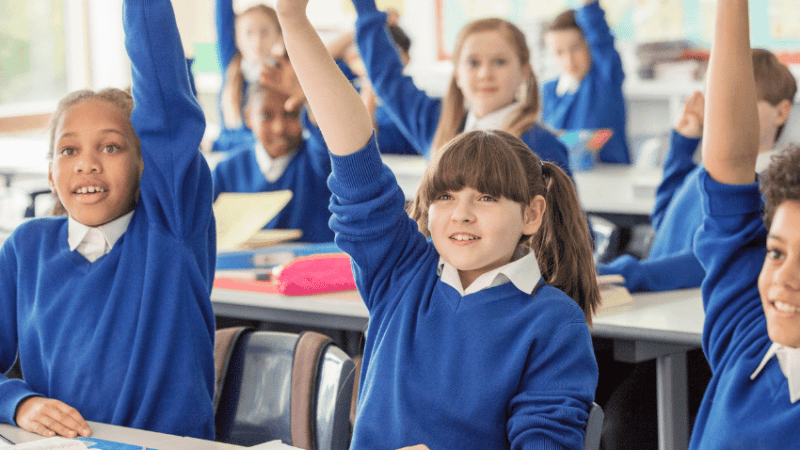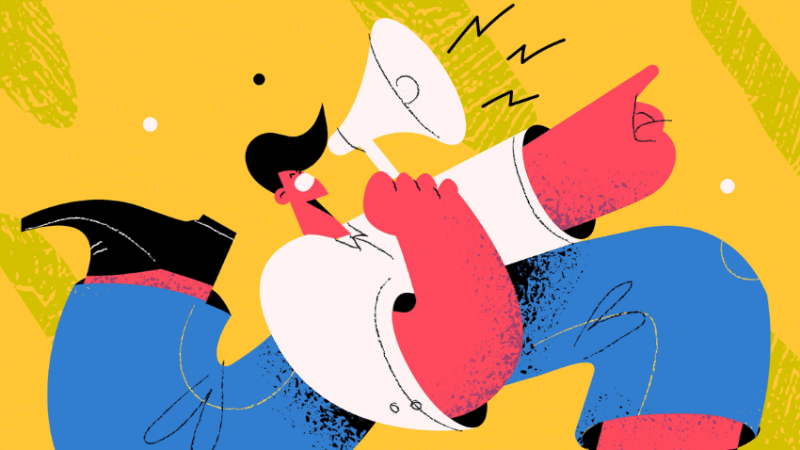Connectives KS2 – Building an understanding of how ideas can be linked grammatically

Ensure KS2 children's writing holds firm by building a deep understanding of how ideas can be joined together, says Sue Drury…

- by Sue Drury

Imagine a brick wall without mortar. You can arrange the bricks as neatly as you like and the wall might even stand up for a while, but as soon as someone leans against it you know exactly what’s going to happen.
Now think about a written composition. You can arrange your beautifully worded sentences as skilfully as you like but, without connectives, they just don’t hold together. So, how do you get your pupils to use them in their own writing?
A few years ago, it felt to some teachers as if the thought police had turned their world upside down when they were ordered to refer to ‘conjunctions’ instead of ‘connectives’. However, there is a difference: all conjunctions are connectives but not all connectives are conjunctions.
In short, conjunctions are words that join clauses within a sentence. Coordinating conjunctions, such as ‘and’, ‘so’ and ‘but’, connect main clauses (use the acronym I SAW A WABUB to help pupils remember them). Subordinating conjunctions, such as ‘if’, ‘when’ and ‘because’, connect a main clause to a subordinate clause.
Find more subordinate clause KS2 resources here.
‘Connective’, on the other hand, is the term used to describe any word or phrase that connects ideas, be it within a sentence, between sentences or even between paragraphs.
How to use connectives KS2 – joined-up thinking
As mentioned earlier, connectives are all about connecting ideas. They could be used for adding or listing (‘also’, ‘furthermore’); they can help to sequence ideas or indicate time (‘earlier’, ‘finally’); they can express cause and effect (‘therefore’, ‘consequently’); they can also help to convey a contrast (‘although’, ‘unless’).
No doubt, you can think of other examples, as well as different ways in which they can forge links.
It’s perhaps not surprising that adverbs and adverbials (groups of words that perform the same function as an adverb) are often used as connectives.
After all, if the job of an adverbial is to modify the verb in order to indicate how, when or where the action took place, this will often create a link with other ideas in the text automatically. For example, so-called ‘time adverbials’ such as ‘first’, ‘next’ and ‘later’ link ideas because they create a connected chain of events.
Meanwhile, adverbials such as ‘next door’ or ‘on the other side of town’ make links by establishing one place in relation to another.
Prepositions are words that connect a noun to a verb or adjective. For example, “You can go out to play after tea.” This makes them connectives almost by definition. You’ll also notice that words which can be used as prepositions often act as adverbs or key words in adverbial phrases.
If you’re brave, you might like to try to explain that prepositions need objects whereas adverbs do not and that a preposition with its object can form an adverbial.
Grammar and punctuation in practice
The most important thing with connectives is getting your Key Stage 2 pupils to use them in their writing. At this stage, there is absolutely nothing wrong with giving them a limited list of examples to work with, perhaps as part of a word bank.
Trending
This might include a set of time connectives for recounts or sequencing connectives for instructions. The point is that they understand the role they play in good writing and get a feel for where to put them.
For those who are already getting the hang of connectives, try introducing some stylistic pointers.
The most obvious one is to avoid using the same connective time and time again. Another good tip is to ensure that pupils’ writing includes a variety of sentence lengths and styles; even the most deft use of connectives can begin to grate if they are always located in the same place, such as at the beginning, in sentence after sentence.
Finally, remind children that there are other ways of creating cohesion within writing, BUT that is probably a whole new discussion.
Real Writing primary resources
Plazoom’s Real Writing programme for KS2 makes it easy to identify and fill gaps in children’s knowledge and skills, with 100 stunning model texts, carefully curriculum-mapped and minutely annotated, plus individually resourced lessons for teaching and revision of key grammar objectives.
And even better, children love them!
Sue Drury is a content creator for Plazoom, the specialist literacy resources website for primary schools. Follow Plazoom on Twitter at @plazoomshop.
What is a connective?
A connective is a word that joins two parts of a text together. They can be adverbs, conjunctions or prepositions.
They can be used to to connect a simple sentence to another simple sentence, making a compound sentence just by using simple connective words like ‘and’. Other types of connectives can be used to create a complex sentence.
It’s not just a way to make a longer sentence with extra words, but to help KS2 students create interesting sentences and use sentence structure to improve the writing they do in the classroom.
Types of connectives
- Time connectives
- Comparison connectives
- Adding/Addition connectives
- Causal connectives
- Contrasting connectives







